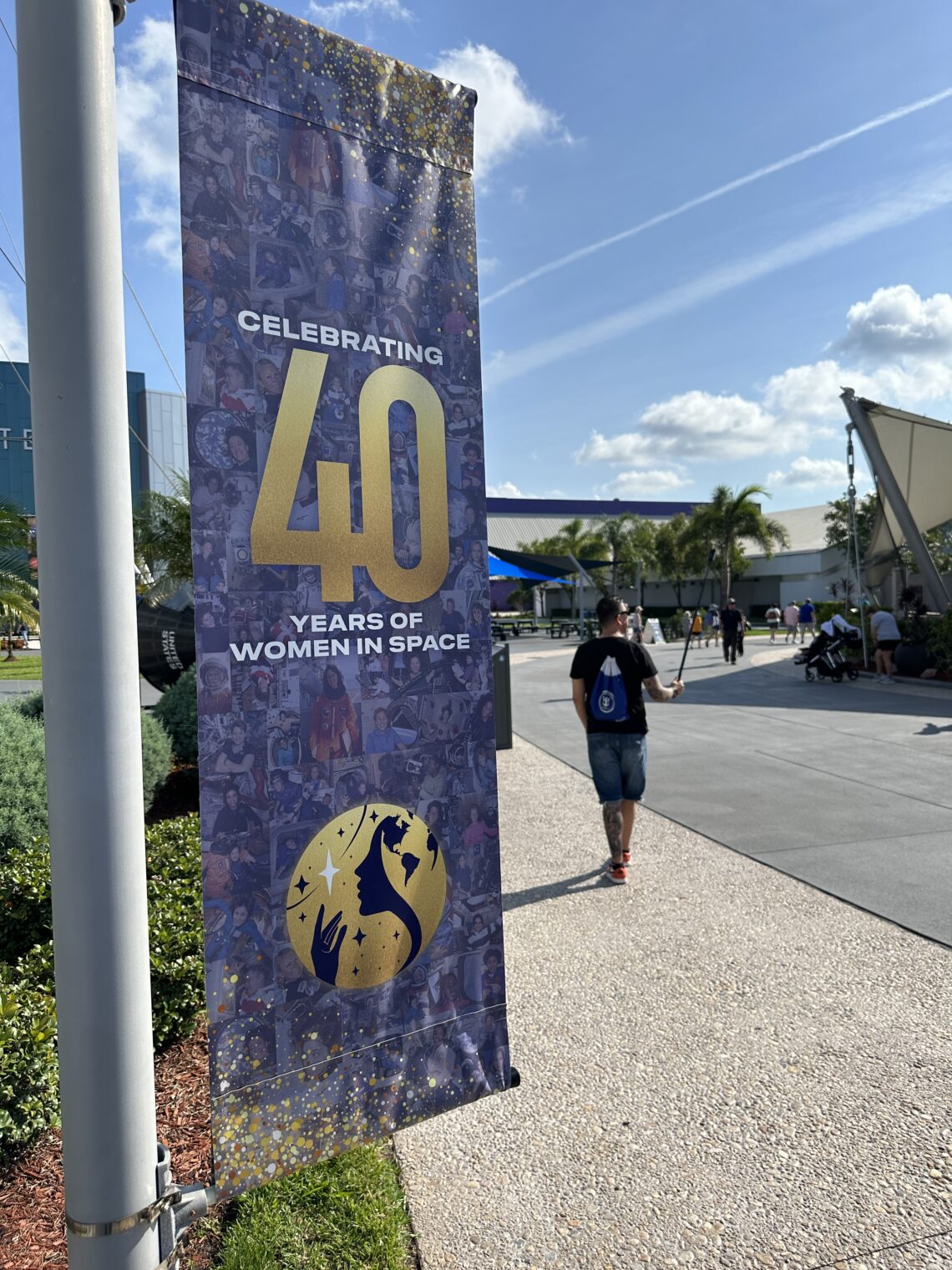How did Harvard manage to keep both its federal money and its race discrimination policies?
Harvard University is in the news right now for its showdown with the Trump Administration. Remember that inequality is bad and also that the federal government should spend taxpayer dollars at the nation’s richest institutions in the richest states rather than at, for example, University of Mississippi, Ohio University, or University of Michigan (the 13th poorest state).
My question for today is how did Harvard keep the river of taxpayer cash going for so long given its explicit race discrimination polices, most famously in admissions and hiring, but also in selling theater tickets. From a 2021 post:
We have designated this performance to be an exclusive space for Black-identifying audience members. For our non-Black allies, we appreciate your support in making this a completely Black-identifying evening. We invite you to join us at another performance during the run.
Proof of vaccination or negative test results required to attend.
Maybe a privately-financed and privately-run theater could refuse to sell tickets to those with the wrong skin color (though it would seem to be contrary to the Maskachusetts state law), but how can a federally-funded enterprise do it?
Here’s Harvard, the operator of a one-race-only theater, claiming the moral high ground as a recipient of federal dollars:
There have been plenty of racists in the history of the United States, but right now I can’t think of any recent racists held up as morally superior to the average person, business, or institution.
Related:
- Students for Fair Admissions v. Harvard, in which Harvard was found to be violating the U.S. Constitution’s 14th Amendment requiring equal protection (but the Feds said “Hey, let’s just keep sending them money because they surely wouldn’t violate the Constitution ever again”?)







